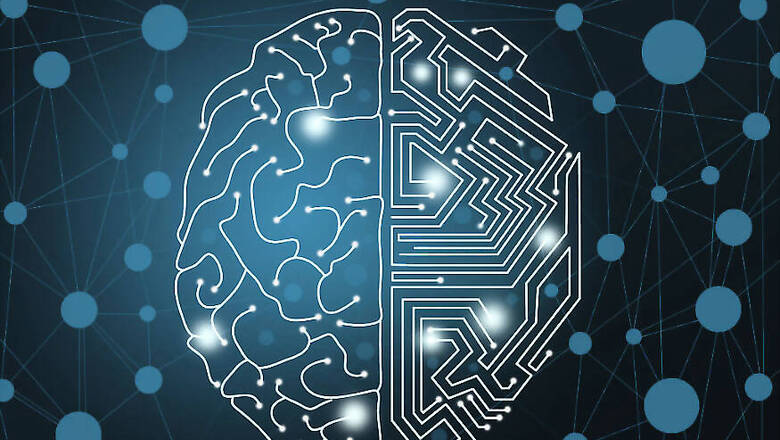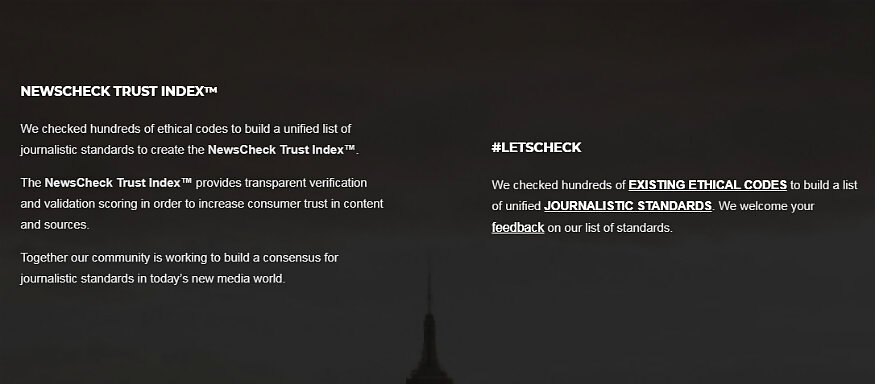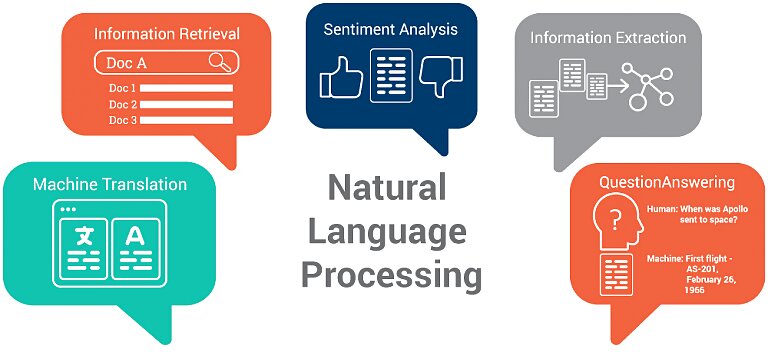
views
Artificial intelligence is no longer a myth, with pretty much every person and company associated with some form of technology claiming to use it in order to innovate their products. However, beyond all the gimmicky marketing material, lie the highly effective range of applications of artificial intelligence and machine learning, and their myriad tools. Fields that have been steadily benefiting from technologies such as artificial intelligence (AI) and machine learning (ML) are fact verification and content filtering, making for important fields that benefit from the rise of advanced computing technologies. Ahead, of the 2019 Lok Sabha elections in India, these tools have the potential to make a whole lot of difference.
The fake news debacle
The issue of fake news and misinformation is not new in particular — intentional propaganda with vile intentions have been used since time immemorial to fudge social, cultural and political events. With the power of the internet, affordable and widespread connectivity and the versatility of social media, the issue has become even more profound. At the onset of the elections, India is feeling the heat like no other.

The problem at hand lies particularly with first time internet users, who are very new to the world of internet, and have little preconceived knowledge about trustworthy sources of information. With the ability to set up a website on the internet being practically nil, it is also easy for anyone to set up a website that resembles a legitimate source of information. It is this that makes it important for information to be filtered, and with practically millions of such websites on the internet, it is hardly possible to use human resources to go through every story and verify them.
It is here, that AI and ML tools step in.
How AI and ML work
Under the broad wings of AI and ML lie more complex tools, such as natural language processing, convolutional neural networks, computer vision processing, context realisation engines and more. The tools make the most of an algorithm’s ability to learn from seeing through information, sort pieces of information and get trained on what can be trusted, and what cannot be.
The very basis of AI is to give a machine cognizance. This essentially means that to be artificially intelligent, a computer needs to have the ability to learn from everyday usage. This is where ML steps in. Machine learning, as is literally evident from the name, are algorithms that train themselves as they move along the information chain. However, things are not as easy as they sound, for machines and algorithms do not have the human capabilities of judgement, instinct, belief and other such subjective qualities.

In steps tools that bring machines closer to humankind. Natural language processing (NLP), as the name suggests, are pieces of code that can read any language, process them into a common language that all algorithms will understand, and create segregated, individual data points that can be used for further processing of data. The second step involves convolutional neural networks (CNN), which use complex networks or loops of codes that attempt to replicate the functioning of the human brain. It is this network that helps compute, sort and curate these information points into segments.
Commonly, NLP and CNN are two common tools that every social medium worth their salt use to recommend content to their users. For instance, if you happen to be a Manchester United fan, NLP will read into your preferred football club as a data point, and CNN tools will later use these sets of data to curate similar information sources across the web and recommend them to you, when you access the same platform. However, NLP is only good enough for text content. This is where computer vision (CV) steps in.

CV works with the same principle of breaking data down into a commonly understandable point, but is related to images and videos. It is a highly powerful tool, that is regularly used to understand the context of videos, and gauge what they are all about. Interestingly, while these are the choicest tools that the likes of YouTube use to nail their recommendations to you, these are also the tools that the likes of NewsCheck use to identify misinformation and dubious sources.
How this helps check facts
Simply put, instead of being used to recommend content, the neural network is used to sort through sets of data, and identify sources and information that is being flagged by users. For instance, once the information is broken down into data points, these are tallied against published and verified sources to check for authenticity. It is also tallied with user generated input pertaining to what pieces of content seem doubtful, and the combined analysis is then used to determine if an article, a poster, a video or (in some cases) an audio clip can be trusted.
At times, this is further combined with human resources, to add another layer of authenticity to information shared on the internet. The advantage of these algorithms also happen to include growing databases of information, which help algorithms improve drastically as they are used in higher frequency. Some of the most popular authenticity organisations and tools that use advanced technologies include FactCheck, NewsCheck, and others.

For a deeper explanation of how the technology works in order to satiate your geek radar, consult this research paper published by the IEEE digital library, to know more.
How this can change things
The importance and implementation of this can be enormous. While the threat of misinformation is probably too high to be entirely wiped out, advanced computing tools can help identify methods that can put the rampant use of misinformation in check, make information platforms more credible, and eventually lead to a tighter curation of sources to curtail propaganda, hence adding a much-required redundancy (in the engineering sense) to the internet.




















Comments
0 comment